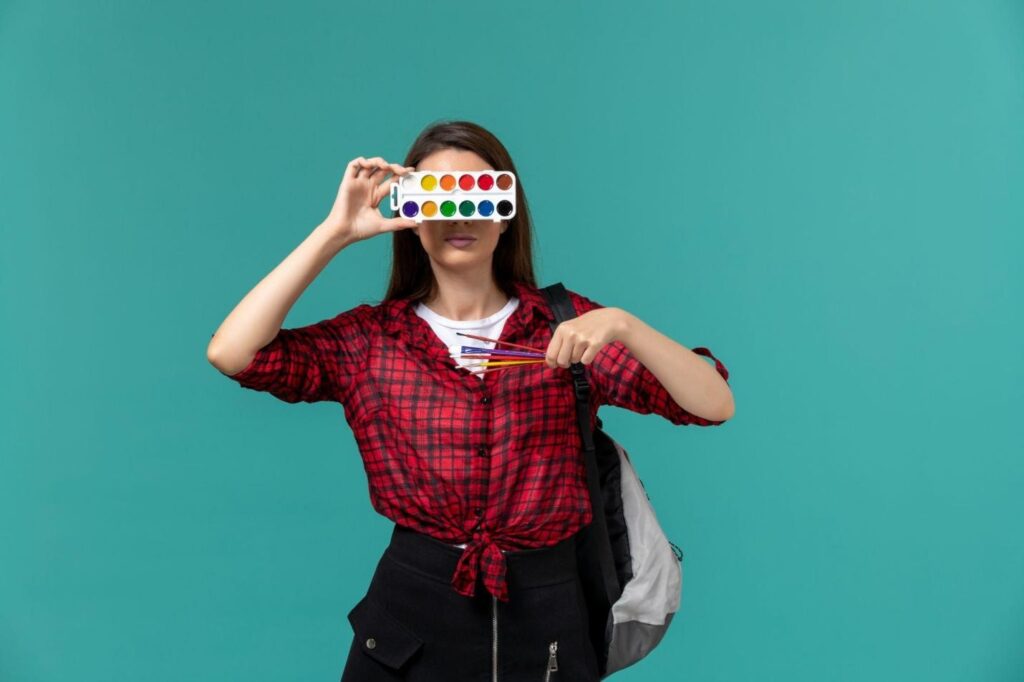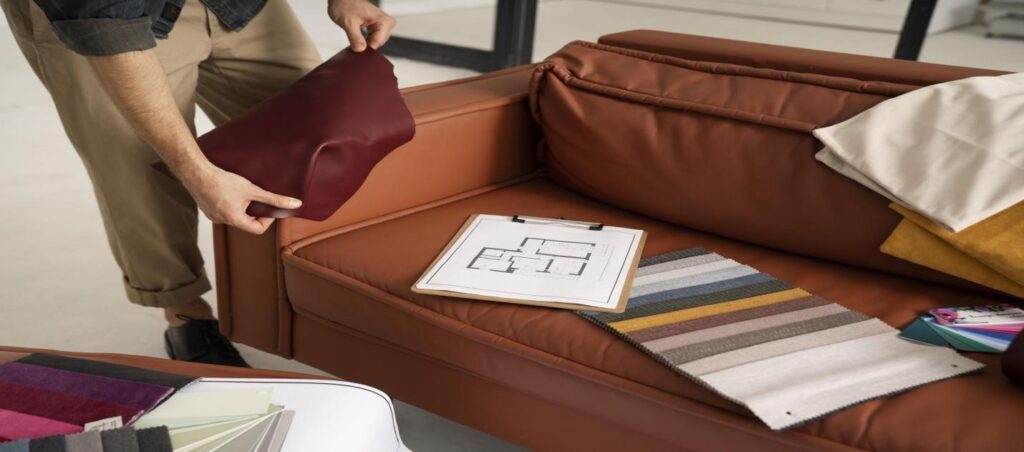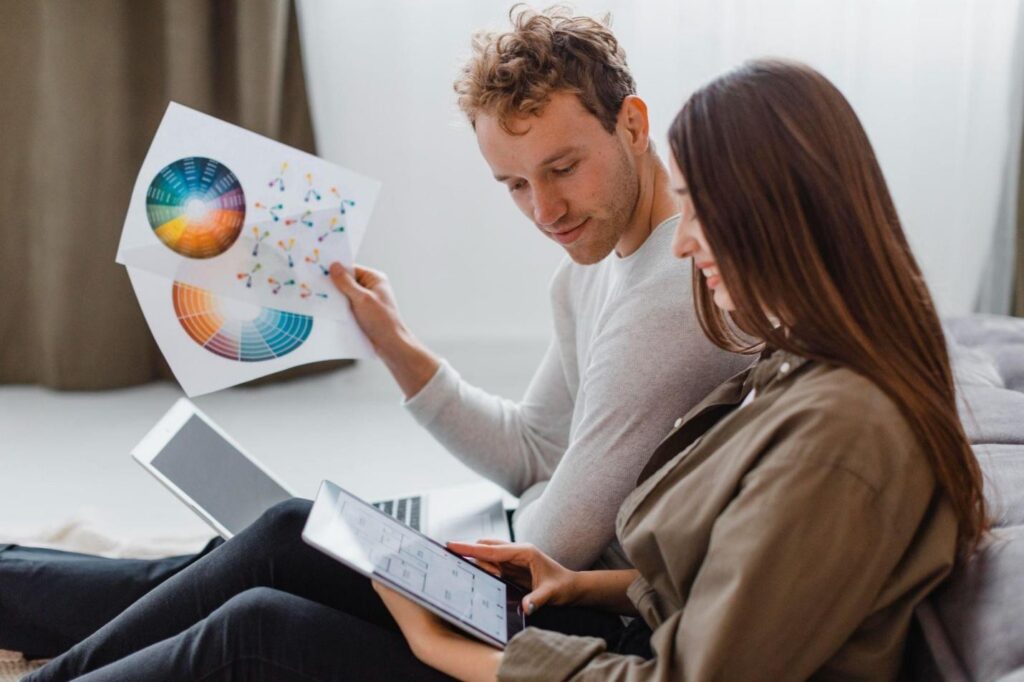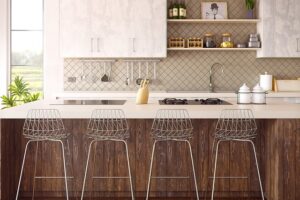
The interior colours you select for your home play a more significant role than you know. Beyond looks, colour can influence your mood, emotions, and behaviour. Knowing the psychology of interior colours is the secret to designing a home that feels cosy, welcoming, and suited to your lifestyle.
This post will explore colour science and provide hands-on advice on choosing a palette that creates your space and induces your state of mind. Whether you’re looking to feel relaxed or pumped at home, your interior hues have much to do with it.
The Psychology of Colours
Although colour preferences are somewhat personal, the psychological effects of various colours have been extensively researched. The following is a summary of general colour associations:
- Blue: Blue symbolises calmness and stability. However, darker navy shades evoke energy and productivity.
- Green: Representing renewal and harmony, green creativity and a sense of freshness.
- Yellow: A cheerful colour that lifts spirits, but excessive yellow can cause eye strain or irritation.
- Red: A vibrant colour that stimulates the senses, red energises and sparks conversation but can overwhelm if overused.
- Orange: A mix of yellow’s optimism and red’s energy, orange encourages creativity and social interaction, with softer shades like coral creating an inviting atmosphere.
- Purple: Purple symbolises luxury and creativity; purple ranges from light lavenders to rich jewel tones.
- White: White is a clean, airy colour that conveys simplicity and efficiency.
- Grey: A calm, sophisticated neutral that pairs well with any colour. Excessive grey can create a sombre mood unless balanced with other hues.
- Brown: Warm and cosy, brown reflects comfort and solidity. Rich shades like mocha suit formal spaces, while lighter tans give a relaxed vibe.
- Black: Black offers sophistication and contrast. It can enhance other colours but can overpower them if overused.
How Interior Colours Affect Moods
Now that you know what each colour represents, let’s examine how home interior colours affect mood room by room:
- Living Rooms: Living rooms are places where people share conversations, relax, and spend time with each other. Warming colours such as beige, terracotta, olive green, and sky blue suit living rooms best.
- Kitchens: Kitchens evoke creativity and appetite, and energising red and orange highlights work well. Yellow adds brightness, and gentle green and sky blue provide a counterbalance.
- Dining Rooms: Dining rooms can use motivating colours like red, burnt orange, and golden yellow to stimulate comfort and conversation.
- Bedrooms: Cool, soothing colours promote relaxation in bedrooms. Experiment with light blues, lavenders, pale greys, and muted greens. Avoid reds and oranges, which are too energetic for a peaceful sleeping space.
- Home Offices: Concentration and creativity are paramount in home offices. Yellow, green, and red highlights provide visual interest, while soft blues or greys maintain the background neutrality.
- Bathrooms: Bathrooms must be fragrant, clean, fresh, and serene. Soft blues and greens establish spa-like settings and promote relaxation and calmness.
Using Colour Psychology to Enhance Your Space
Ready to refresh your home with strategic colours? Keep these tips in mind:
- Consider room function: Let the space’s purpose influence your colour choice. Opt for colours conducive to the intended activity.
- Apply 60-30-10 proportion: 60% dominant neutral colour, 30% secondary colour, and 10% accent colours are balanced.
- Try out colours: Before finalising, look at colour samples you could apply to walls.
- Apply colour sparingly: Vibrant colours function best in lesser quantities for optimal impact.
- Consider existing features: Coordinate colour with permanent features such as flooring, countertops and tiles.
- Mix Warm and Cool Colours: Pair warm colours like beige or brown with cool colours like blue or green to make the room more attractive.
- Use a Neutral Background: Light grey, off-white, or tan colours make a calm background. The other colours stand out without clashing.
- Match Existing Features: Choose colours for the room’s floors, counters, or stone. Consistent colours help everything flow.
- Personalise with Artwork and Décor: Wall art, decorative pieces, and furniture in complementary shades can tie the room’s colour palette together while reflecting your personality.
- Balance Dark and Light Tones: If using dark colours, balance them with lighter tones to maintain a spacious and inviting vibe. Dark walls pair well with lighter furniture and décor for a well-rounded look.
- Consider Psychological Impact for Productivity and Relaxation: Use energising colours like yellow in workspaces to boost creativity and calming hues like green and blue in rest areas to promote relaxation.
- Incorporate Textures Along with Colours: Different finishes and materials can enhance colour effects. Matte paints create a soft, calming look, while glossy finishes add vibrancy and energy. Textured wallpapers or wooden elements can introduce warmth and depth.
Select colours that bring you joy and make you feel at home. For instance, you can go for Nerolac Paints, which offers various interior paints with over 1,500 shades to suit every home. Options like Nerolac Gold and Impressions provide smooth, washable, and luxurious finishes. Popular colour combinations from Nerolac include mint green with ivory for freshness, hot pink with baby pink for vibrancy, and sky blue with pale peach for serenity.
Conclusion
Revamping your interior colours can revitalise your whole mindset. Follow the psychology of colour for a home that reflects your personality and promotes a visually appealing experience. Having your walls painted with a thoughtfully decided colour scheme aligning with your functional needs and design preferences will make you comfortable and content whenever you come home.









